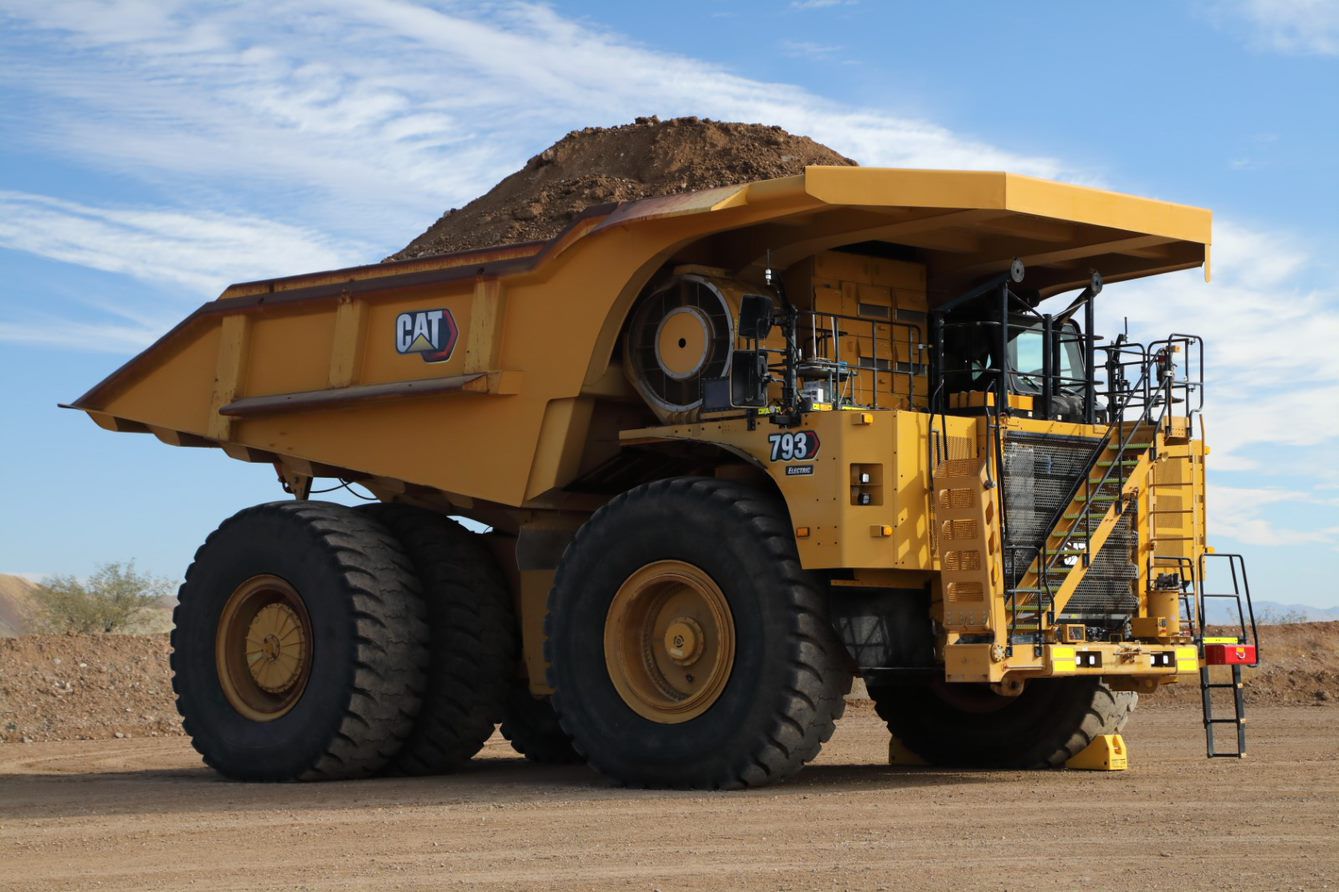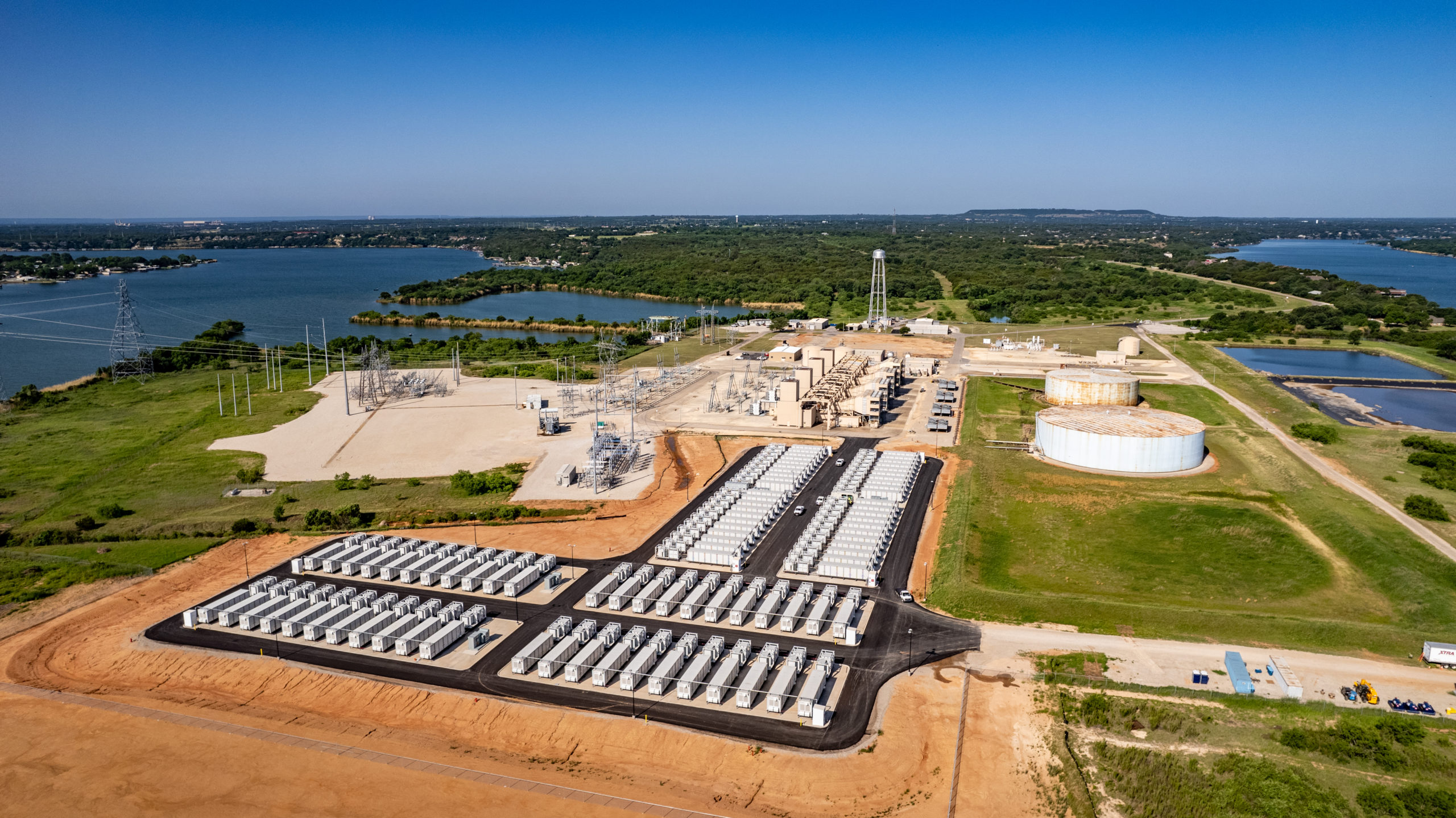Magnesium has been identified as a promising anode material for the development of novel high energy density, lithium free batteries. Indeed, batteries with Mg-metal as anode have the potential to offer high volumetric energy density (exceeding 1000 Wh/L) when compared to current battery technologies.
The E-MAGIC consortium (4 universities, 5 research institutes and 1 industrial company) has been built taking into account these specific requirements leading to a multidisciplinary partnership with widely acknowledged expertise in their respective domains covering the complete chain from basic research to process optimization gathering chemists, physicists, computer scientists, applied mathematicians, environmental engineers and complex system engineers.
Thus, E-MAGIC project addresses exactly this potential by means of developing rechargeable magnesium battery (RMB) based on Mg-ion (insertion) and MgS (conversion) technologies.
The E-MAGIC project team, made up of leading centres and universities in Europe and Israel in the development of new battery systems, has just published the article “A practical perspective on the potential of rechargeable Mg batteries”.
The research shows for the first time a pre-industrial battery prototype with a practical capacity close to 500 mAh and high reversibility (> 200 charge/discharge cycles), demonstrating the viability of this technology. In addition, a roadmap is established for the development and implementation of new materials that enable a significant improvement in the system’s performance, particularly its energy density.
The analysis of the impact of the most promising materials developed within the project at the laboratory cell level, enables an energy density of more than 160 Wh kg-1 to be predicted, comparable to conventional lithium ion batteries.
Albanian Minerals CEO Sahit Muja and the world’s’ largest magnesium reserves holder said, “There is unprecedented interest in magnesium, as sources of sustainable supply for new batteries and significantly lighter alloys. Magnesium will profoundly changed the economic outlook of clean energy sources. Also magnesium can be used to producing hydrogen, wind turbines, robots and capturing carbon dioxide“.
Tokyo University of Science is researching magnesium as a potential energy carrier to replace expensive and unsafe lithium-ion batteries. The research team focused on a novel cathode material with a spinel structure, which exhibited high theoretical capacity.Through various characterization and electrochemical performance experiments, they have found specific compositions that could open doors to high-performance magnesium rechargeable batteries.
This battery breakthrough broadens the horizons of developing post-lithium-ion batteries. The novel innovation is a rechargeable aqueous battery comprising a magnesium metal anode which, when tested, has demonstrated excellent rechargeability and performance.
Professor Dennis Leung, the leader of the research from the Department of Mechanical Engineering at HKU, commented: “With a high theoretical capacity and negative electrochemical potential, magnesium is an attractive anode material. Magnesium is also non-toxic and Earth-abundant.”
Discover more from Green Innovation News
Subscribe to get the latest posts sent to your email.





